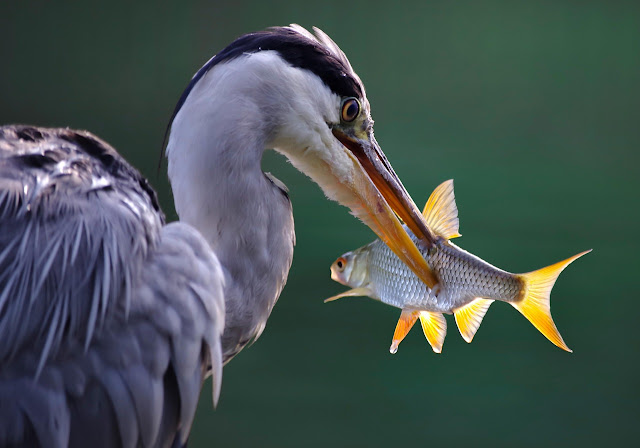
"Behind the 'circle of life' façade lies the stark truth of slaughterhouses. Our ethical responsibility is to redefine our role as custodians, ensuring compassion prevails over convenience." - Michael Corthell, The Vegan Project Global
The Veil of the 'Circle of Life'
Slaughterhouse videos lay bare an undeniable truth: the scenes unfolding within those walls are far from congruent with the harmonious imagery evoked by the term 'circle of life.' Instead of witnessing a balanced and cyclical ecosystem, we are confronted with images of anguish, torment, and suffering, often inflicted upon animals for the sake of fleeting human gratification. It raises the question: Can the horrors within slaughterhouses genuinely be reconciled with the concept of a benevolent circle of life?
Paul Bashir's Perspective: A Symbiotic Ecosystem
Paul Bashir's perspective presents a compelling counterpoint to the conventional notion of the circle of life. He suggests that what non-vegans often refer to as the circle of life is an oversimplification, a distortion of the intricate symbiotic relationships within ecosystems. Bashir's description aligns more with a harmonious coexistence wherein the ecosystem provides fruits and sustenance for various species, including humans. This interpretation implies that humans should be custodians, not predators, within this intricate web of life.
Gary Yourofsky's Insights: Circle of Life Hypocrites
Gary Yourofsky's astute observation that proponents of the circle of life notion conveniently exempt themselves from the very rules they invoke adds an ethical layer to the discussion. If humans indeed claim their place within the circle, why do they exhibit such selective adherence to its principles? Yourofsky's critique underscores the ethical inconsistency of justifying cruelty to animals by invoking a concept that is largely romanticized and stripped of its true ecological context.
A Call for Ethical Consideration
The discrepancy between the 'circle of life' rhetoric and the grim realities of industrialized animal agriculture should prompt us to reevaluate our position within the ecosystem. While it is true that humans possess the ability to shape their environment, it is also an undeniable responsibility to exercise this agency with compassion and respect. The slaughterhouse videos offer a stark reminder that the carnist view of humans as integral to the circle of life must evolve to embrace a more nuanced understanding—one that acknowledges our role as stewards of the planet rather than its exploiters.
Conclusion: Reimagining Our Place
In confronting the unsettling contrast between the idyllic circle of life concept and the suffering found within the walls of slaughterhouses, we are prompted to redefine our relationship with the natural world. It is evident that the convenient application of this concept to rationalize animal consumption requires a critical reexamination. By heeding the insights of figures like Paul Bashir and Gary Yourofsky, we can embark on a path that emphasizes ethical consideration, compassion, and a genuine commitment to understanding the symbiotic relationships that sustain our world. Ultimately, the challenge is to forge a more harmonious and compassionate coexistence within the intricate tapestry of life.
Comments
Post a Comment
We welcome your input!